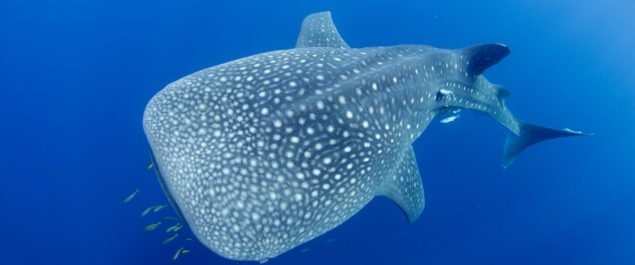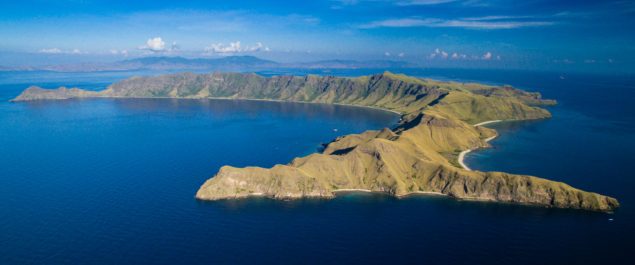The second entry in our list of Komodo National Park “Must Do” dive sites. Today we dedicate the entry to possibly one of the most iconic sites in the area, Manta Alley.
Manta Alley

Perhaps the most iconic site in the Komodo National Park, Manta Alley is located at the far southern end of Komodo Island in the Indian Ocean. Manta Alley consists of a series of small rocky islands a few hundred metres away from the main island. As the name suggests, this site is famous as a magnet for manta rays. There are several spots around these rocks where mantas can be found and they are there almost all year round. Divers typically start on the SW side of the rocks as this is where the “deep” cleaning station can be found. Upon entering the water it’s a good idea to keep an eye out for mantas straight away as they are often found right in the shallows. The deep cleaning station is at 20+ metres where the rocks meet a white sandy bottom. Divers settle down in this area and watch as mantas glide in to the rocks where small wrasse and butterfly fish clean the mantas of parasites. Once bottom time becomes scarce (or if there are no mantas around) divers head toward “the Alley”, a narrow corridor between the main rock and an outlying rock. In the Alley mantas often line up to hang out in the current, but be aware that swimming into the current is unavoidable in this area. However, good dive operators will also check the eastern side to see if there is any manta action there and it’s possible to also enter the water from this area. This side of the rock is shallow with thousands of anthias swimming along the rocks and black tip sharks patrolling the reef. Mantas can often be found at the surface on this side of the rocks feeding on plankton. When the mantas are active, Manta Alley is a site that can be done multiple times over multiple days. Do be aware that the water here can be cold and the water can be rough, therefore, it’s not always possible to reach this site. Watch the following video to see what it’s like to be in the water with these wonderful animals.
To see the first entry in this series please see the entry for Castle Rock and Cannibal Rock


